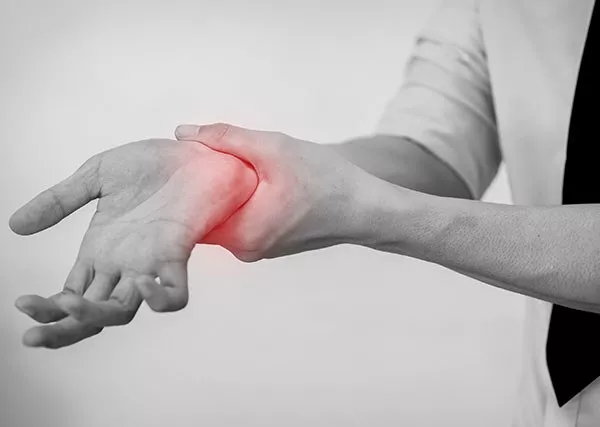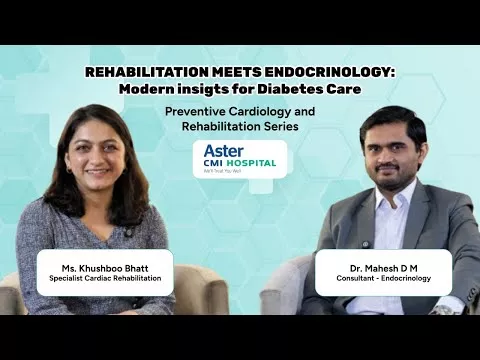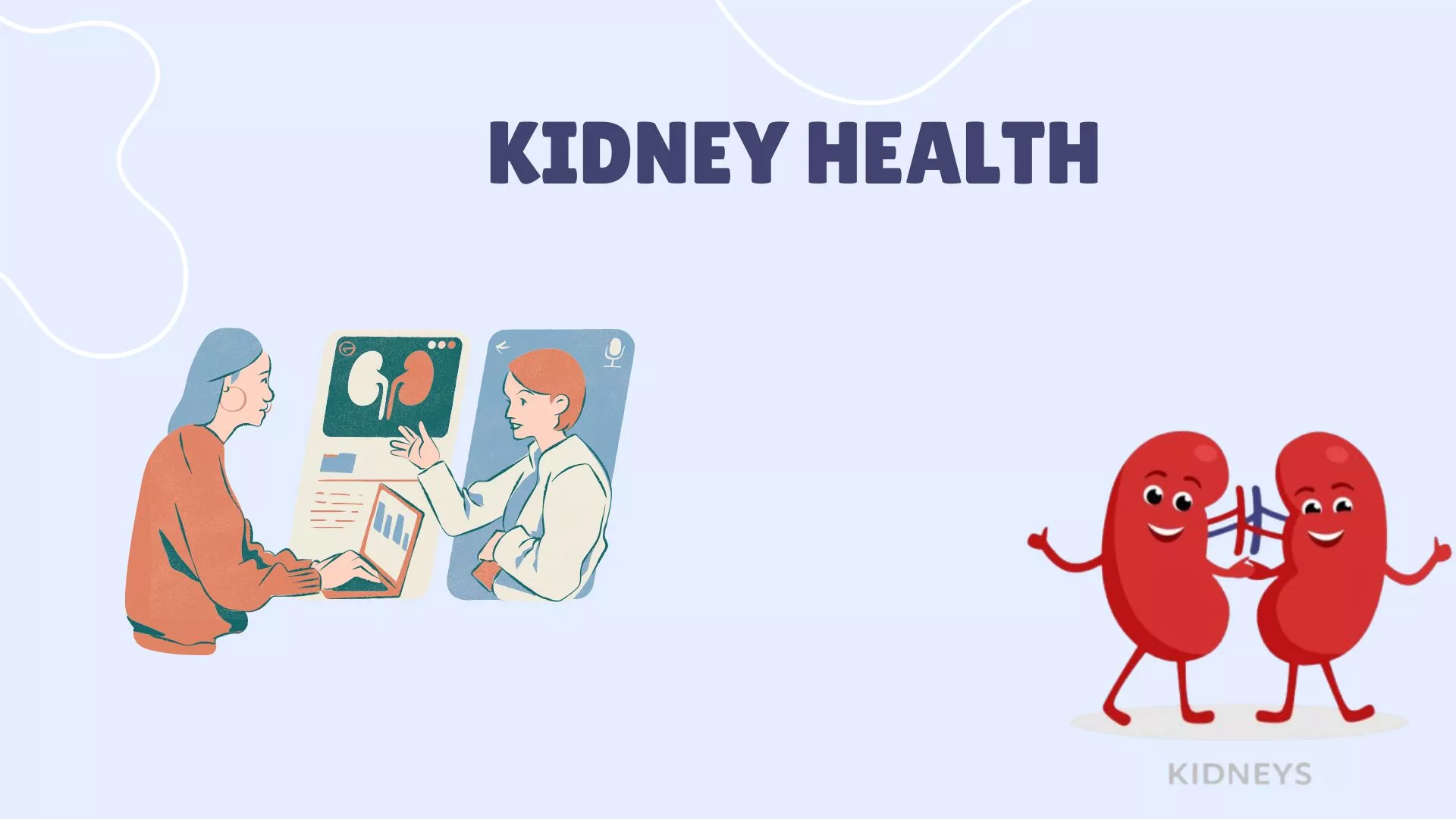What is osteoarthritis? Osteoarthritis is the most common form of joint disease and the pain it causes is severe and can last lifelong. It was earlier seen especially among older people, but now more and more young people are falling prey to osteoarthritis.
Unlike some other forms of arthritis, osteoarthritis affects only joints and not internal organs. The disease mainly affects the joint cartilage and the bone tissue next to the cartilage. The most commonly affected joints are hands, knees, hips, big toes and spine.
What causes osteoarthritis?
The exact causes of osteoarthritis are not known but there are multiple factors thought to cause this disorder. Osteoarthritis symptoms often develop slowly and worsen over time. Signs and symptoms of osteoarthritis include:
- Pain in joints
- Tenderness in joints when applying pressure
- Stiffness in joints after sleep or after rest.
- Swelling in joints
- Loss of flexibility and inability to move joints
- Crepitus, or a grating sensation when the joint moves
- Bone spurs or bony growths around the affected joint
Risk factors that may lead to osteoarthritis include:
- Obesity – Being overweight increases the risk for osteoarthritis
- Age – Commonly prevalent in people over 50 years
- Gender – More women than men have
- Injury to the joint –Previous injuries received while playing sports or from an accident
- Bone deformities - People with previous joint injury or surgery, or abnormal joint alignment
- Physical demanding occupations - Jobs that place repetitive stress on a particular joint
- Other diseases- People with rheumatoid arthritis are more likely to develop osteoarthritis
How is osteoarthritis diagnosed?
There is no single test for the diagnosis of osteoarthritis. Your doctor can often diagnose osteoarthritis based on a combination of factors including your medical history, physical examination, X-rays and other tests such as examinations of the fluids in the joint.
X-Rays
X-rays of the affected joints can help doctors determine osteoarthritis. The common X-ray findings of osteoarthritis include cartilage loss, bone damage, and bone spurs formation. However, X- rays may not show early osteoarthritis damage until much cartilage loss has taken place.
Magnetic Resonance Imaging
Magnetic Resonance Imaging (MRI) provides high-resolution computerised images of internal body tissues. It can be especially helpful in evaluating the joint damage. Doctors often use MRI tests if there is pain or if X-ray findings are minimal and if the findings suggest damage to other joint tissues such as a ligament or the meniscus.
Arthrocentesis
Arthrocentesis, or joint aspiration, is a procedure done to obtain fluid for diagnostic lab testing to relieve joint pain, swelling and inflammation. During the procedure, a sterile needle and syringe are used to remove fluid sample from the joint for analysis.
Arthroscopic Surgery
Arthroscopic surgery is commonly recommended for middle-aged or older people with persistent knee pain. It is a surgical method where the surgeon makes a small insertion and inserts the arthroscope, a pencil-sized instrument that contains a light and magnifying lens. The arthroscope is attached to a tiny camera that allows the surgeon to see the inside of the joint. The surgeon can then detect abnormalities of and damage to the cartilage and ligaments and remove loose bone or cartilage pieces that may be causing pain and inflammation.
How is osteoarthritis treated?
There is no known cure for osteoarthritis. Patients suffering from osteoarthritis often live with severe pain and have significant difficulty in carrying out normal daily activities. Therefore, most treatments are focused on pain reduction and overall patient functioning.
Symptomatic slow-acting drugs (SYSADOAs), non-steroidal anti-inflammatory drugs (NSAIDs), analgesics, and intra-articular injections such as cortisone and hyaluronic acid directly into the knee joint may relieve pain in some people with osteoarthritis. In those patients in whom medications fail, referral to an orthopedic surgeon should be considered.
As the number of people suffering from osteoarthritis increases every year along with the aging of the population and the growing problem of obesity, the urgent need for newer and more effective osteoarthritis treatments will continue to expand. Research is being done on osteoarthritis including on tools to detect osteoarthritis earlier and in developing medicines to prevent, slow down, or reverse joint damage.





